Increased Consumer Demand for Rewards
The Travel Loyalty Program Market experiences a notable surge in consumer demand for rewards and incentives. As travelers seek more value from their travel experiences, loyalty programs that offer attractive rewards become increasingly appealing. Recent data indicates that approximately 70% of travelers are more likely to book with brands that provide loyalty rewards. This trend suggests that companies within the Travel Loyalty Program Market must adapt their offerings to meet evolving consumer expectations. Enhanced rewards, such as exclusive discounts, free upgrades, and personalized experiences, are becoming essential for attracting and retaining customers. As competition intensifies, businesses that effectively leverage consumer demand for rewards may gain a competitive edge, thereby driving growth within the Travel Loyalty Program Market.
Sustainability and Ethical Travel Trends
Sustainability and ethical travel trends are becoming increasingly relevant in the Travel Loyalty Program Market. As consumers become more environmentally conscious, they are seeking travel options that align with their values. Loyalty programs that incorporate sustainable practices, such as carbon offsetting or partnerships with eco-friendly hotels, are likely to resonate with this demographic. Recent surveys indicate that nearly 60% of travelers prefer brands that demonstrate a commitment to sustainability. This shift presents an opportunity for companies to differentiate themselves by integrating sustainability into their loyalty programs. By promoting eco-friendly travel options and rewarding customers for making sustainable choices, businesses can enhance their brand image and attract a loyal customer base. As the demand for responsible travel continues to grow, the Travel Loyalty Program Market must adapt to these changing consumer preferences.
Growing Importance of Customer Experience
The Travel Loyalty Program Market is increasingly influenced by the growing importance of customer experience. Modern travelers prioritize seamless and enjoyable experiences, which extends to their interactions with loyalty programs. Research indicates that 80% of consumers are willing to pay more for a better customer experience. This trend compels companies to design loyalty programs that not only reward customers but also enhance their overall travel experience. By focusing on customer satisfaction, businesses can foster brand loyalty and encourage repeat bookings. Additionally, companies that actively solicit and act on customer feedback are likely to see improved engagement and retention rates. As the emphasis on customer experience continues to rise, the Travel Loyalty Program Market must adapt to meet these expectations, ensuring that loyalty programs are not merely transactional but also experiential.
Expansion of Travel Options and Destinations
The expansion of travel options and destinations significantly impacts the Travel Loyalty Program Market. As airlines, hotels, and travel agencies broaden their offerings, loyalty programs must evolve to encompass a wider array of choices for consumers. Recent data shows that travelers are increasingly interested in unique and diverse travel experiences, which can be facilitated through loyalty programs that partner with various service providers. This diversification allows loyalty programs to attract a broader audience, catering to different preferences and travel styles. Moreover, as new destinations emerge and travel becomes more accessible, the potential for loyalty programs to tap into these markets increases. Companies that strategically align their loyalty offerings with expanding travel options may enhance their appeal and drive growth within the Travel Loyalty Program Market.
Technological Advancements in Loyalty Programs
Technological advancements play a pivotal role in shaping the Travel Loyalty Program Market. The integration of mobile applications, artificial intelligence, and data analytics has transformed how loyalty programs operate. For instance, the use of AI enables companies to analyze customer behavior and preferences, allowing for more personalized rewards. According to recent statistics, over 60% of loyalty program members prefer using mobile apps to manage their rewards. This shift towards digital platforms indicates that companies must invest in technology to enhance user experience and engagement. Furthermore, the incorporation of blockchain technology may provide increased security and transparency in transactions, further bolstering consumer trust in the Travel Loyalty Program Market. As technology continues to evolve, it is likely that loyalty programs will become more sophisticated and user-friendly.



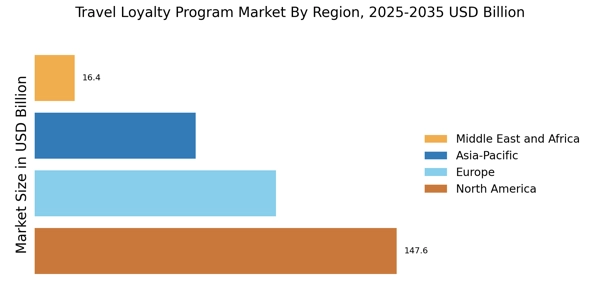
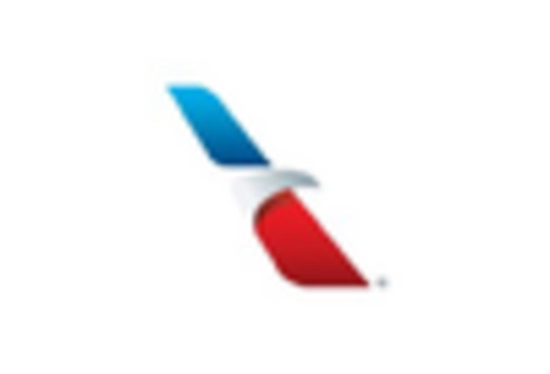
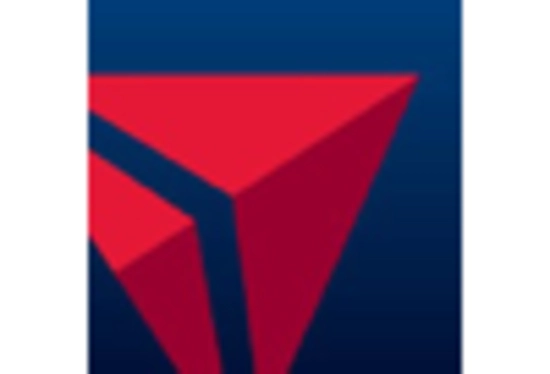

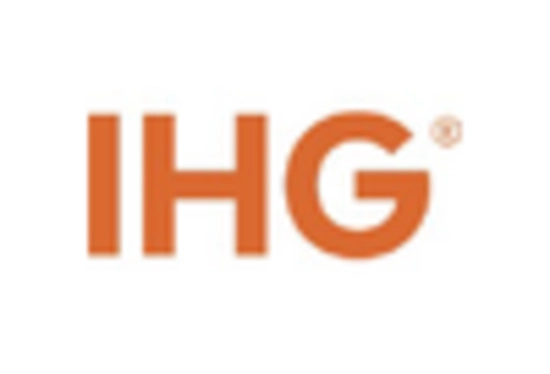

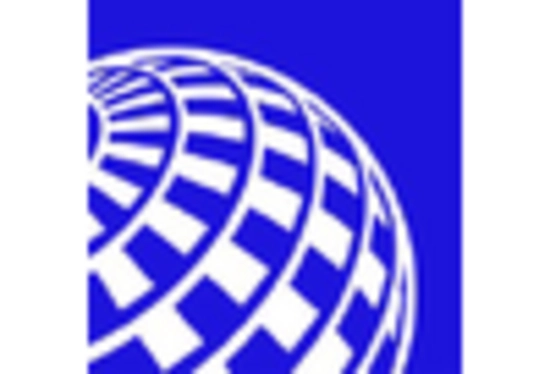








Leave a Comment